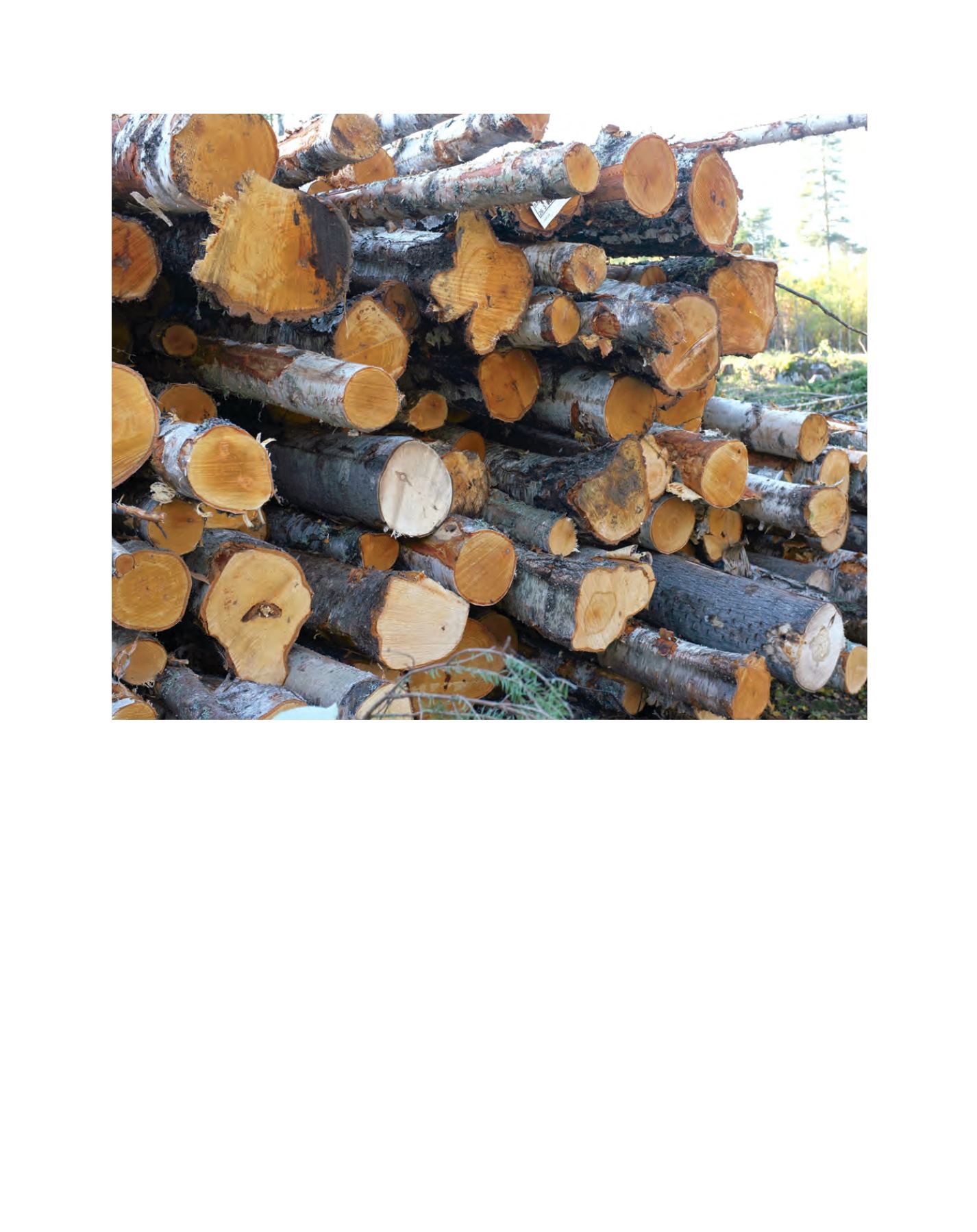

[
] 137
might have on forestry and reindeer husbandry and if it was
possible to identify mutual benefits to both. The assessments
included business-as-usual scenarios (current forest management
practices) as well as scenarios favouring reindeer husbandry,
nature considerations and a combination of both.
The results and the approach were positively received by the
parties involved and have paved the way for continuous dialogue
between industry and the indigenous people.
A study in Scotland examined the impacts of alternative devel-
opment strategies for the region around the Cairngorms National
Park. This is Britain’s largest national park, containing a wide
and varied range of mountainous landscapes, diverse wildlife and
unique habitats. It is also home to around 16,000 people and is
visited by over a million people a year. Forests here are particularly
valuable as amenities for conservation (especially as a habitat for
rare birds), cultural heritage and recreational activities, as well as
being used for timber and wood biomass production. Resource
planners are again performing a delicate balancing act, between
social, environmental and economic demands.
The ToSIA tool was used to assess policy requirements, such as
increasing woodlands for aesthetic and biodiversity reasons, with
respect to the different interested parties – a range of
industrial, environmental and community enterprises.
The impacts of various options were analysed using a
set of quantitative and qualitative indicators, including:
•Gross value added, calculated from the costs and
the value of the timber at each phase of production,
extraction and transport
•Forest biodiversity, scored according to structure,
species diversity, composition, naturalness and
connectivity
•Employment, measured in hours/ha or m
3
timber
•Site suitability to preferred tree species
•Visibility from roads and tourist paths
•Wind and slope factors.
Following this analysis, the various stakeholders were
presented with map-based recommendations, taking
into account sustainability impacts and site suitability
aspects. Such analysis can aid consultation with local
interested parties, helping to ensure local engagement
and improving partnerships and alliances.
Resource planners must balance social, environmental and economic demands to ensure the sustainability of forest products
Image: EFI
















